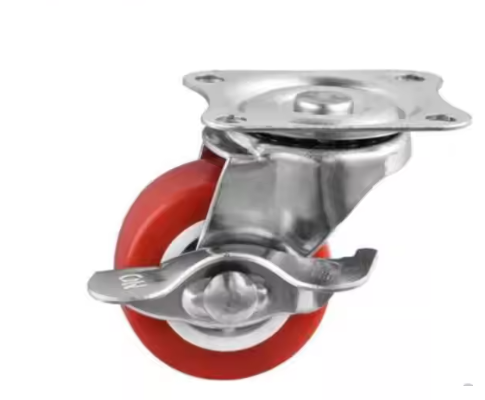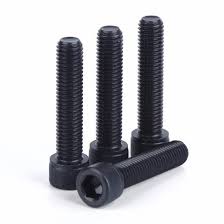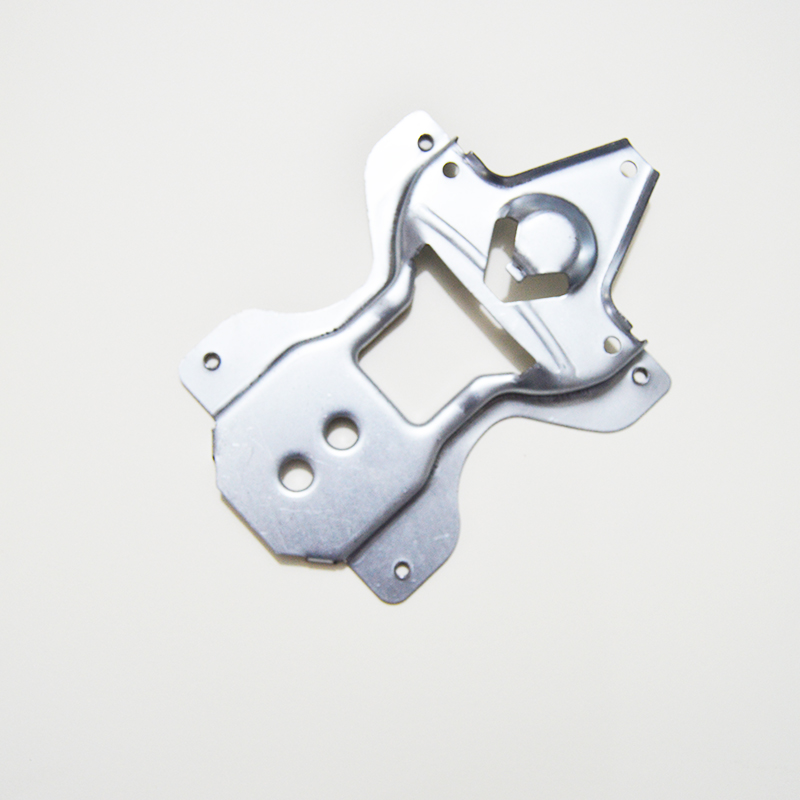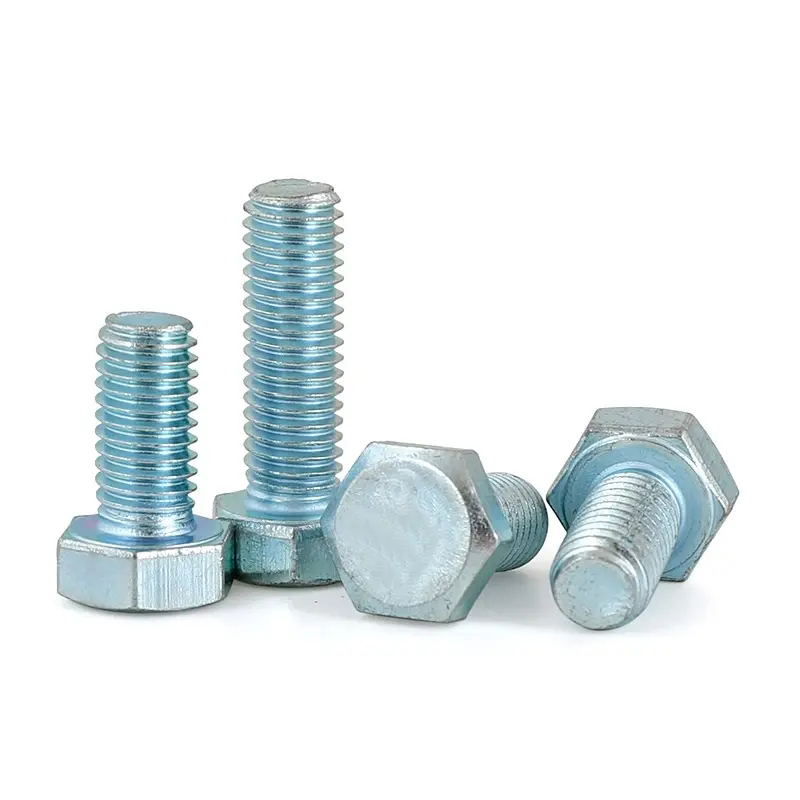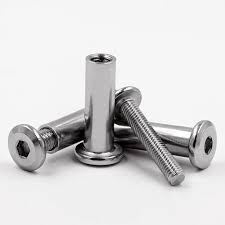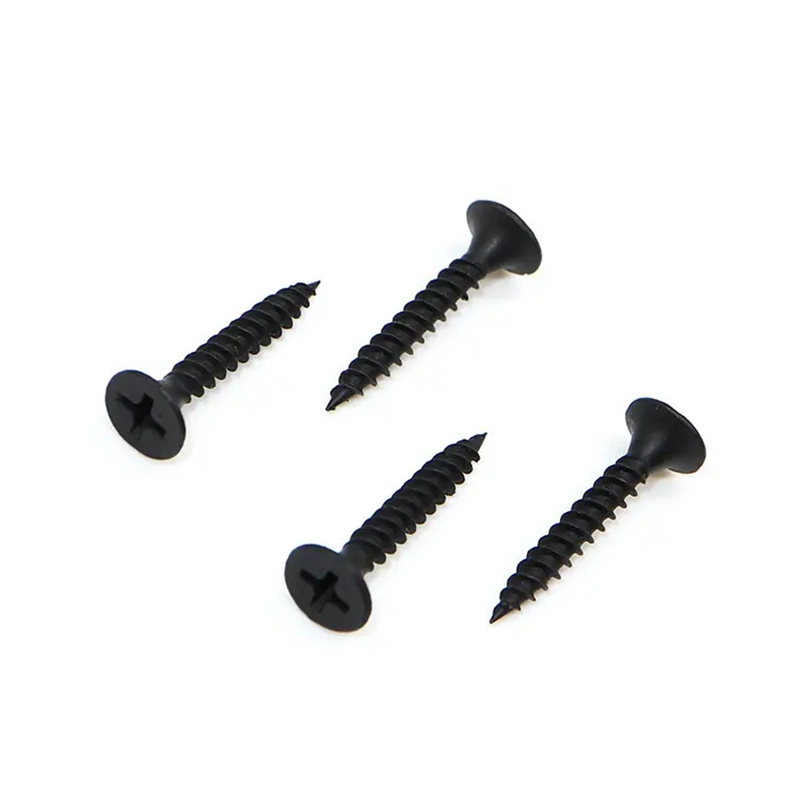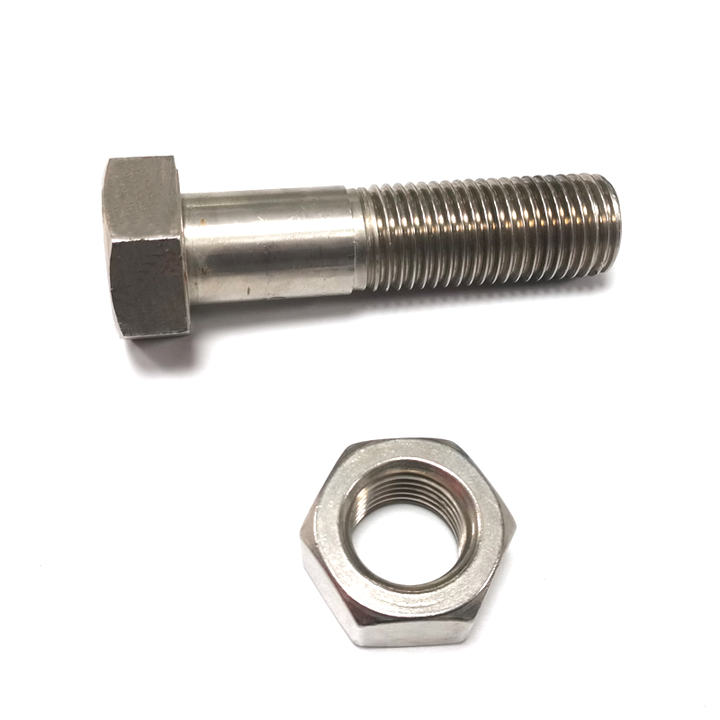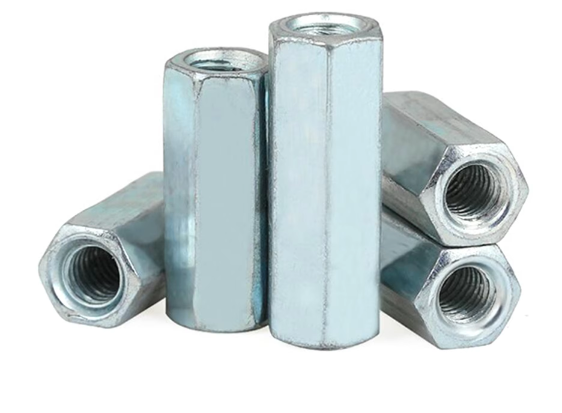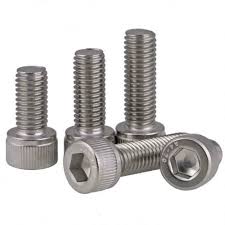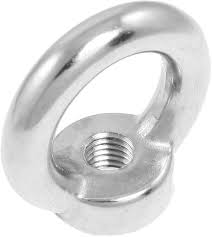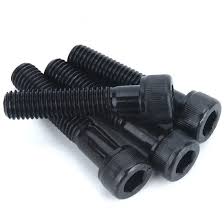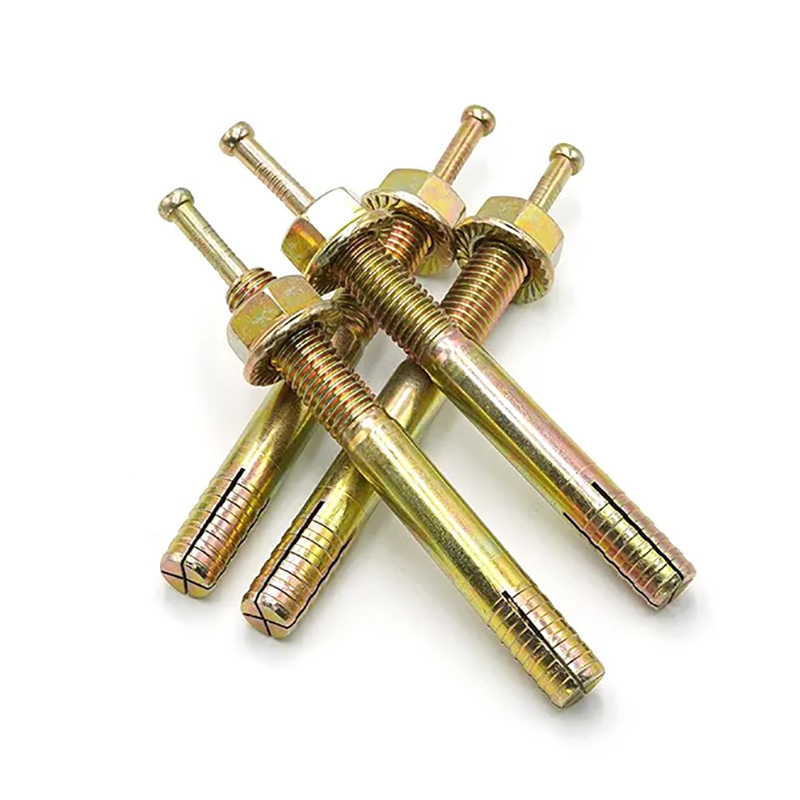

Rivnuts: A Comprehensive Guide to Installation, Types, and ApplicationsRivnuts, also known as blind rivets or self-clinching fasteners, are versatile and efficient fastening systems used in various industries. This guide provides a comprehensive overview of rivnut installation, types, and applications, helping you choose the right rivnut for your specific needs.
A rivnut is a type of threaded insert that is installed into a hole, typically in sheet metal. It provides a strong, reliable threaded fastening point without requiring access to the backside of the material. This makes them ideal for applications where access is limited or impossible. The rivnut's unique design allows for easy installation using a specialized tool, ensuring a secure and consistent connection.
There are various types of rivnuts available, each designed for specific applications and materials. The choice depends on factors like material thickness, required strength, and the type of material being fastened. Some common types include:
Standard rivnuts are the most common type, offering a balance of strength and cost-effectiveness. They are suitable for a wide range of applications and materials. They are available in various materials like steel, aluminum, and stainless steel. The selection depends on the application's corrosive environment and required strength.
Flush rivnuts are designed to sit flush with the surface of the material after installation. This results in a smooth, aesthetically pleasing finish, making them ideal for applications where appearance is critical. These are often preferred in automotive or aerospace applications where a smooth surface is needed.
Countersunk rivnuts have a countersunk head, providing a recessed fastening point. This is advantageous in applications where a flush surface is not strictly required, but a lower profile is beneficial to prevent snagging or damage.
Open-ended rivnuts are ideal for applications requiring a larger thread engagement or where wire, cable, or hose needs to be passed through.
Installing rivnuts requires a specialized tool, typically a rivnut setting tool, also sometimes called a rivnut installer. This tool clamps the rivnut and expands its mandrel, firmly securing it in place. The specific installation process varies depending on the type of rivnut and the tool being used. Consult the manufacturer's instructions for detailed guidance.
Rivnuts find applications in a wide range of industries and applications. Some common examples include:
Selecting the appropriate rivnut requires careful consideration of several factors. Key considerations include:
For specific guidance on selecting the correct rivnut for your application, consider consulting with a rivnut supplier or manufacturer, such as Hebei Dewell Metal Products Co., LTD. They can provide expert advice and support to ensure you select the best solution for your needs.
| Advantages | Disadvantages |
|---|---|
| Strong and reliable fastening | Requires specialized installation tools |
| Easy and efficient installation | Can be more expensive than alternative fasteners |
| Suitable for blind applications | Limited reusability |
| Wide range of materials and sizes available | Installation requires skill and practice |
This comprehensive guide should provide you with a solid understanding of rivnuts and their applications. Remember to always consult the manufacturer’s specifications and safety guidelines when installing rivnuts.

